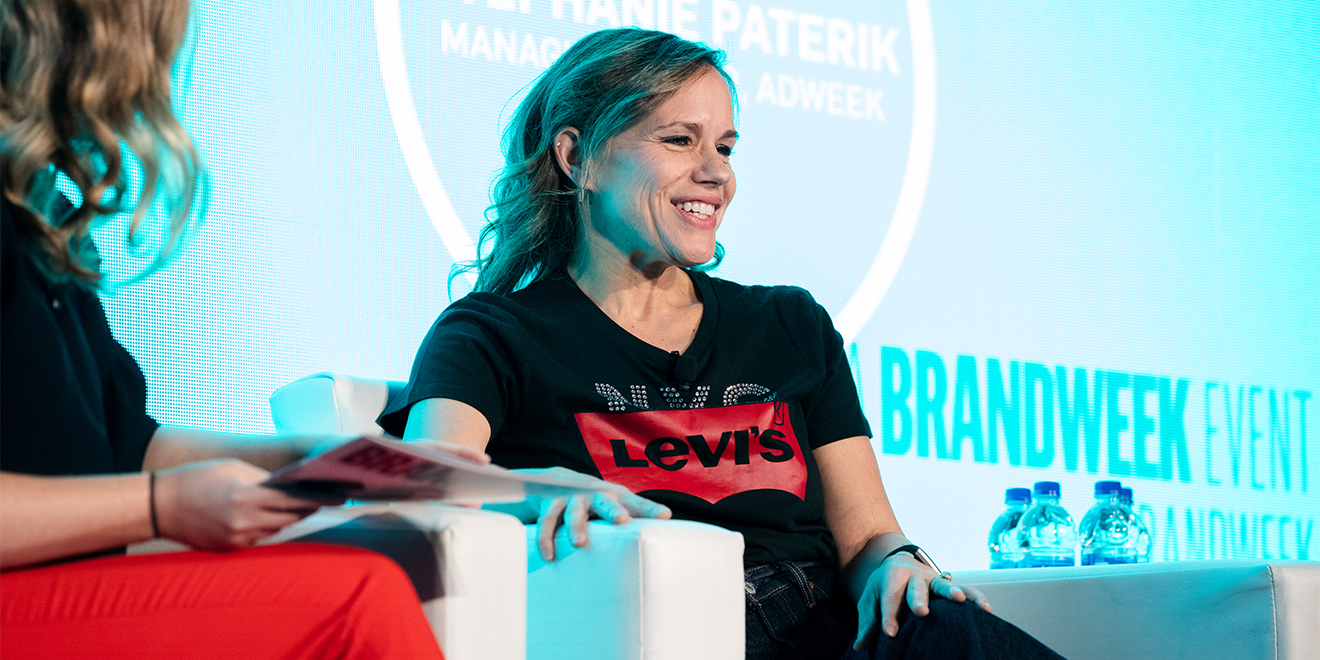5 lessons for aspiring challengers from Brandweek 2019
Photo: Sean T. Smith / Adweek
The five key insights and observations we took away from covering the Brandweek Challenger Brands summit 2019 in New York City.
#1 ‘Challenger’ is not just another word for ‘startup’. Seriously.
With a majority of the speakers at the summit coming from direct-to-consumer startups, attendees could have been forgiven for thinking that ‘challenger brands’ solely represented these types of young companies. But the age of a company is irrelevant to being a challenger. What challenger brands all share is a philosophy on the world. Levis was the notable exception in the lineup and demonstrated that challengers can be of any age. Founded in 1853, Levis adopts a clear challenger stance today. Jennifer Sey, the Levis CMO talked about the organisation’s beliefs of “democracy and inclusion” and the need for brands to speak out for what they believe in during these divided times.
You’re never too old to challenge.
#2 Questioning assumptions makes innovation no sweat
A strength of challenger brands is their ‘Intelligent Naivety’, which involves asking the questions no one had previously thought to ask of a category. Brynn Putnum, founder and CEO of Mirror, asked whether home fitness needed to involve physical gym equipment at all. Answer? It doesn’t. Mirror is a smart gadget in the guise of a wall mirror that offers virtual fitness classes. It’s attracted $38m in capital to date.
Less, is often more.
Photo: Justin Bettman
#3 Create a long-term, defensible brand
The concepts of disruption and challenger brands, are often conflated. Well, Casper is a great example of both a disruptor and a challenger. The mattress / tech company initially disrupted the market through its DTC business model and the clear superiority of its product. Now however, with a solidifying position in the category, it increasingly seeks to disrupt through its marketing. Jeff Brooks, Casper’s CMO talked about the process Casper is going through in creating a brand world that can’t be copied. This ensures a long-term, defensible position for the business.
Build that moat people.
#4 Sacrifice is good (actually it’s pretty essential)
Papa & Barkley said ‘thanks, but no thanks’ to the world’s largest online retailer. The cannabis startup chose not to sell its products on Amazon. Kimberley Dillon, its CMO believes Amazon is too crowded a channel, and not a platform where Papa & Bear can effectively provide the best and most educational experience for consumers. For a challenger built upon the idea of democratising cannabis and making it easy and approachable, it sounds like a smart, strategic move.
Amazon is a jungle after all.
#5 Make the invisible visible
A key differentiator for fitness challenger Orangetheory is the making of the once invisible, visible. A gym-goer’s heart rate was once private information in gyms, shown only to the user of each machine. At Orangetheory, individual’s heart rates are displayed very publicly via large TV screens for the duration of each class. Individuals are then ranked into five colour coded zones dramatizing each person’s effort. The making of this invisible data very visible has proved an effective method of increasing competition between individuals, and has become a key talking point for the brand. 60% of new users are driven by word of mouth said CBO Kevin Keith.
You can run, but you can’t hide.





